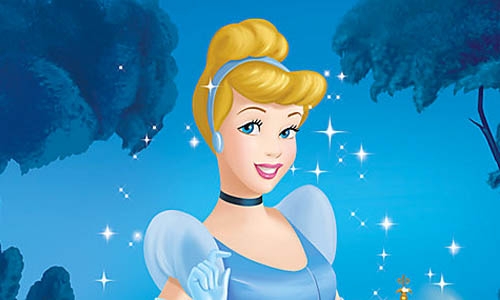Enchanted, I’m sure
FAIRY tales have come a long way. On magic carpets and on the backs of winged creatures, they have travelled from preliterate societies, picking up glass slippers and poisoned apples en route, to reach the modern world replete with motifs both fantastical and familiar.
The history of these wonder tales, as they are sometimes called, is a favourite subject of Marina Warner, a literature professor at Birkbeck College in London and All Souls, Oxford. In “Once Upon a Time” she draws together her research, touching on anthropology, psychoanalysis, literary analysis and an expansive history. For such a small book it carries a heavy load, but Ms Warner’s insights are both surprising and rewarding.
Fairy tales originated in folklore, “not among an elite, but among the unlettered”, she writes. They were passed down through generations, mainly by women, and served as cautionary fables. Popular tales railed against injustice, taking on infanticide, incest, rape and murder, but in a magical realm that seems closer to dreams than reality. This supernatural environment allowed “allegories of alternatives to the world we know”. More importantly, it conjured up a world where justice was served and the protagonist always found happiness.
Certain stories have captured the wider imagination. More than 500 versions of “Cinderella” exist in Europe alone, for example. Whether this is because similar tales have taken root in different cultures owing to a “collective unconscious”, or because they simply diffuse over time and space is still a matter of debate.
Story “collectors” were at their most prolific in the 19th century, collating and anthologising the tales. The most famous of these were the Grimm brothers, who were attempting to “retrieve a record of the German spirit”. Like many collectors, they ended up putting their own stamp on the stories they edited. By comparing successive versions of the collection that they published and republished as “Children’s and Household Tales” between 1812 and 1857, Ms Warner identifies the Grimms’ particular legacy: they censored the sexual frankness of the original stories, but left the violence, so that their versions are “terse, affectless, peculiar, violent and bafflingly illogical”.
Ms Warner shows that “every listener is potentially a new storyteller”, which leads to the re-imagining of the stories in multiple ways: subjected to Victorian values, Romantic ideals, Disney-fication and the rigmaroles of political correctness, so that the genre of fairy tale is “as fluid as a conversation taking place over centuries”. At their roots, though, the stories are “grounded in human passions” and speak to the innate desire in everyone to live happily ever after.
Related Posts

